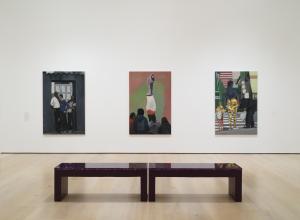
In today's world, professionals versed in art and design are in high demand, particularly those who can use their skills in both the fine arts and commercial worlds. Those looking to embark on a career in the arts have a huge range of options for their training and education. Once again, Art & Object delves into the top art schools and programs in the U.S. From public universities with state-of-the-art studios to solely arts-focused colleges with flourishing overseas programs, this list runs the gamut. With this list, we are looking at the West.
This final top five, showcasing the best art schools of the American West, is distinct in a couple of ways. This list includes some of the most diverse schools of this series.
Perhaps unsurprisingly, a majority of the schools in this listing are located in California and are situated in or just outside of Los Angeles. Therefore many of these schools boast a deep connection with the LA art scene and its countless student opportunities. Some of these schools also stand out in terms of the size of their visual and performing arts departments and this seems to correlate with a higher degree of general departmental resources.
To determine its final rankings, Art & Object's editorial staff weighed the following factors: degree and curriculum variety, quality of school museums, school renown, tuition cost (undergraduate, graduate, etc. if applicable), employment rate, graduation rate, internship opportunities, student body diversity*, surrounding art scene, cultural opportunities, and student statements. While Art & Object has strived to craft a list in the most objective manner possible, we recognize that measures of "best" could include many other factors. With that said, here are the Art & Object selections of the best art schools in the West.
You can find our rankings for the Southeast, Northeast, Southwest, and Midwest here.




























